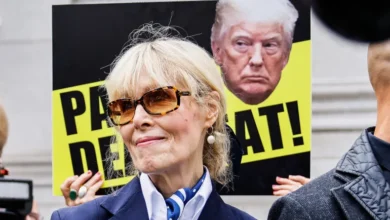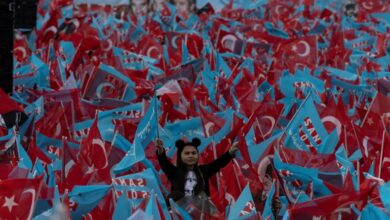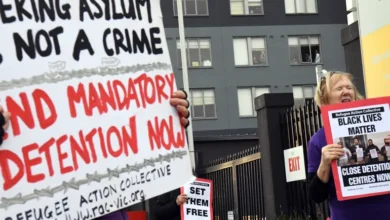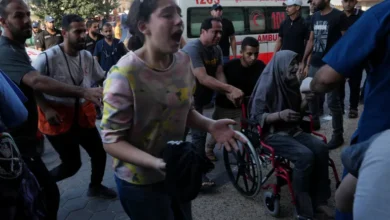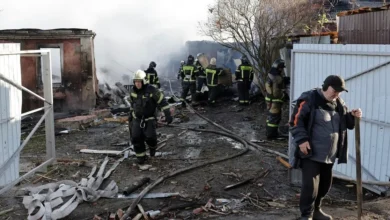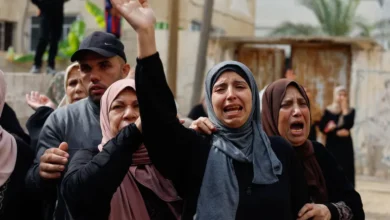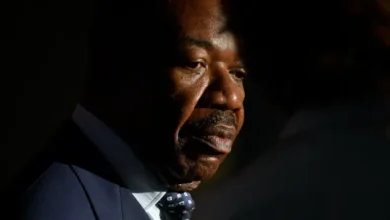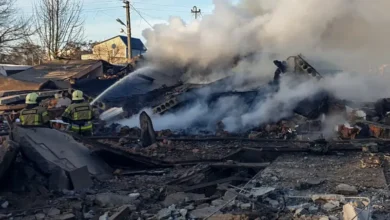Genocide or tragedy? Ukraine, Poland at odds over Volyn massacre of 1943
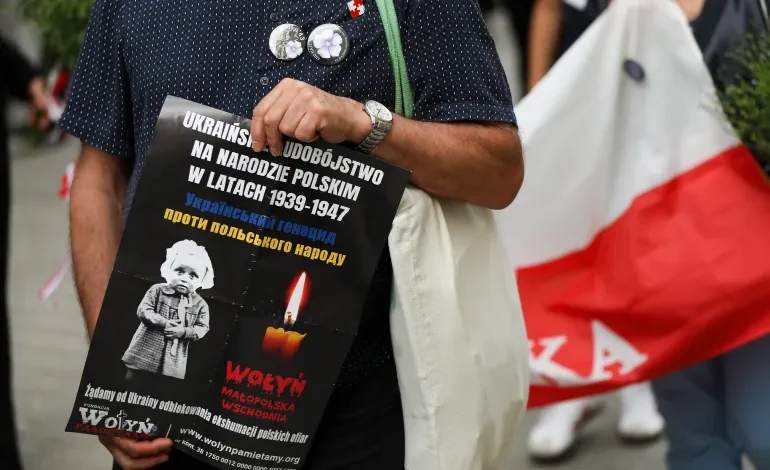
Nadiya escaped the rapists and killers only because her father hid her in a haystack amidst the shooting, shouting and bloodshed that took place 82 years ago.
“He covered me with hay and told me not to get out no matter what,” the 94-year-old woman told Al Jazeera – and asked to withhold her last name and personal details.On July 11, 1943, members of the Ukrainian Insurgent Army (UIA), a nationalist paramilitary group armed with axes, knives and guns, stormed Nadiya’s village on the Polish-Ukrainian border, killing ethnic Polish men and raping women.
“They also killed anyone who tried to protect the Poles,” Nadiya said.
The nonagenarian is frail and doesn’t go out much, but her face, framed by milky white hair, lights up when she recalls the names and birthdays of her grand- and great-grandchildren.
She also remembers the names of her neighbours who were killed or forced to flee to Poland, even though her parents never spoke about the attack, now known as the Volyn massacre.
“The Soviets forbade it,” Nadiya said, noting how Moscow demonised the UIA, which kept fighting the Soviets until the early 1950s.
Nadiya said her account may enrage today’s Ukrainian nationalists who lionise fighters of the UIA for having championed freedom from Moscow during World War II.
After Communist purges, violent atheism, forced collectivisation and a famine that killed millions of Ukrainians, the UIA leaders chose what they thought was the lesser of two evils. They sided with Nazi Germany, which invaded the USSR in 1941.

